Schema play: A comprehensive guide to understanding your toddler's development
Curious why your child's play is so repetitive? Learn about schema play and how it builds essential skills through exploration.

By Alexis Ralphs / Updated September 25, 2024
Schema play offers a fascinating window into how toddlers make sense of the world. If you've ever wondered why your child insists on dropping toys from their highchair or repeatedly spins in circles, you're witnessing schema play in action. This comprehensive guide explores the concept of schema play, its importance in early childhood development, and how you can support your child's learning journey.
What is schema play?
Schema play refers to the repetitive actions and behaviors that children display as they explore and learn about their environment. These patterns of behavior, known as schemas, are like mental models or frameworks that help children understand how things work. By engaging in schema play, toddlers experiment with ideas, test hypotheses, and build foundational knowledge that supports their cognitive development.
Example: When a child drops different balls and observes how they bounce—or don't—they are developing a schema about gravity and material properties.
Swiss psychologist Jean Piaget was one of the first to introduce the concept of schemas in cognitive development. He observed that children go through specific stages of learning and that schemas are the building blocks of this development. Piaget's work laid the foundation for understanding how children construct knowledge through interaction with their environment.
Why does schema play matter?
Understanding schema play is crucial for several reasons:
- Promotes cognitive development.
- Encourages problem-solving.
- Enhances communication.
- Supports emotional well-being.
Recognizing and supporting schema play can greatly enhance your child's learning experience. By providing opportunities that align with their interests, you foster a love of learning and exploration.
Educationalist Chris Athey expanded on Piaget's theories by applying them directly to early childhood education. In her seminal work, she identified common schemas observed in children and provided practical ways for educators and parents to support them. Athey's research has been instrumental in shaping modern approaches to early years learning.
How many schemas are there?
While the number of possible schemas is limitless, we focus on eight primary action schemas that are most commonly observed in toddlers:
- Trajectory
- Connecting
- Transporting
- Enclosing
- Enveloping
- Rotation
- Positioning
- Orientation
Each schema represents a different way that children interact with their world, helping them to develop both mentally and physically.
The main types of schema play
Below is an overview of the eight primary schemas. For each schema, we've included a 'Try this' section with simple play ideas to support your child's exploration.
1. Trajectory schema
Characteristics: Involves movement through space, such as throwing, dropping, or swinging objects.
Signs to look for:
- Dropping food or toys from high places.
- Throwing balls or other objects.
- Fascination with things that move through the air.
Try this:
- Ball games: Play catch or roll a ball back and forth.
- Paper aeroplanes: Make and fly paper aeroplanes together.
- Water play: Use spray bottles or hoses to see how water moves.
Read more about the trajectory schema →

2. Connecting schema
Characteristics: Focuses on joining and separating items, exploring how things come together and come apart.
Signs to look for:
- Building and knocking down block towers.
- Linking train tracks or Lego pieces.
- Enjoying activities like taping or glueing things together.
Try this:
- Construction toys: Build with Lego or magnetic tiles.
- Puzzles: Solve simple jigsaw puzzles together.
- Crafts: Create paper chains or bead necklaces.
Read more about the connecting schema →
In Greek, schema (σχῆμα) means 'shape,' 'form,' or 'figure.' It refers to the appearance or structure of something. So play schemas are 'shapes', representations, in our children's minds, of how things work.
3. Transporting schema
Characteristics: Involves moving objects from one place to another.
Signs to look for:
- Filling and emptying containers.
- Carrying toys around the house.
- Using carts, bags, or strollers to move items.
Try this:
- Treasure hunt: Collect items in a basket during a walk.
- Sandbox play: Move sand using buckets and spades.
- Role-play: Pretend to be delivery people moving packages.
Read more about the transporting schema →
4. Enclosing schema
Characteristics: Centers on creating boundaries or enclosures around objects.
Signs to look for:
- Drawing circles around objects.
- Building fences or walls with blocks.
- Placing toys inside defined spaces.
Try this:
- Block enclosures: Build a pen for toy animals.
- Art activities: Draw shapes around stickers or stamps.
- Outdoor play: Create a small garden plot with borders.
Read more about the enclosing schema →
5. Enveloping schema
Characteristics: Involves covering or wrapping objects or themselves.
Signs to look for:
- Wrapping toys in blankets.
- Covering hands with gloves or socks.
- Enjoying peek-a-boo games.
Try this:
- Dress-up: Play with scarves and hats.
- Gift wrapping: Wrap toys in paper together.
- Fort building: Create blanket forts to crawl into.
Read more about the enveloping schema →
6. Rotation schema
Characteristics: Fascination with things that turn or spin.
Signs to look for:
- Spinning wheels on toys.
- Watching the washing machine.
- Twirling around themselves.
Try this:
- Spinning tops: Play with traditional spinning toys.
- Wheel toys: Use cars or bikes with moving wheels.
- Dance: Spin together to music.
Read more about the rotation schema →
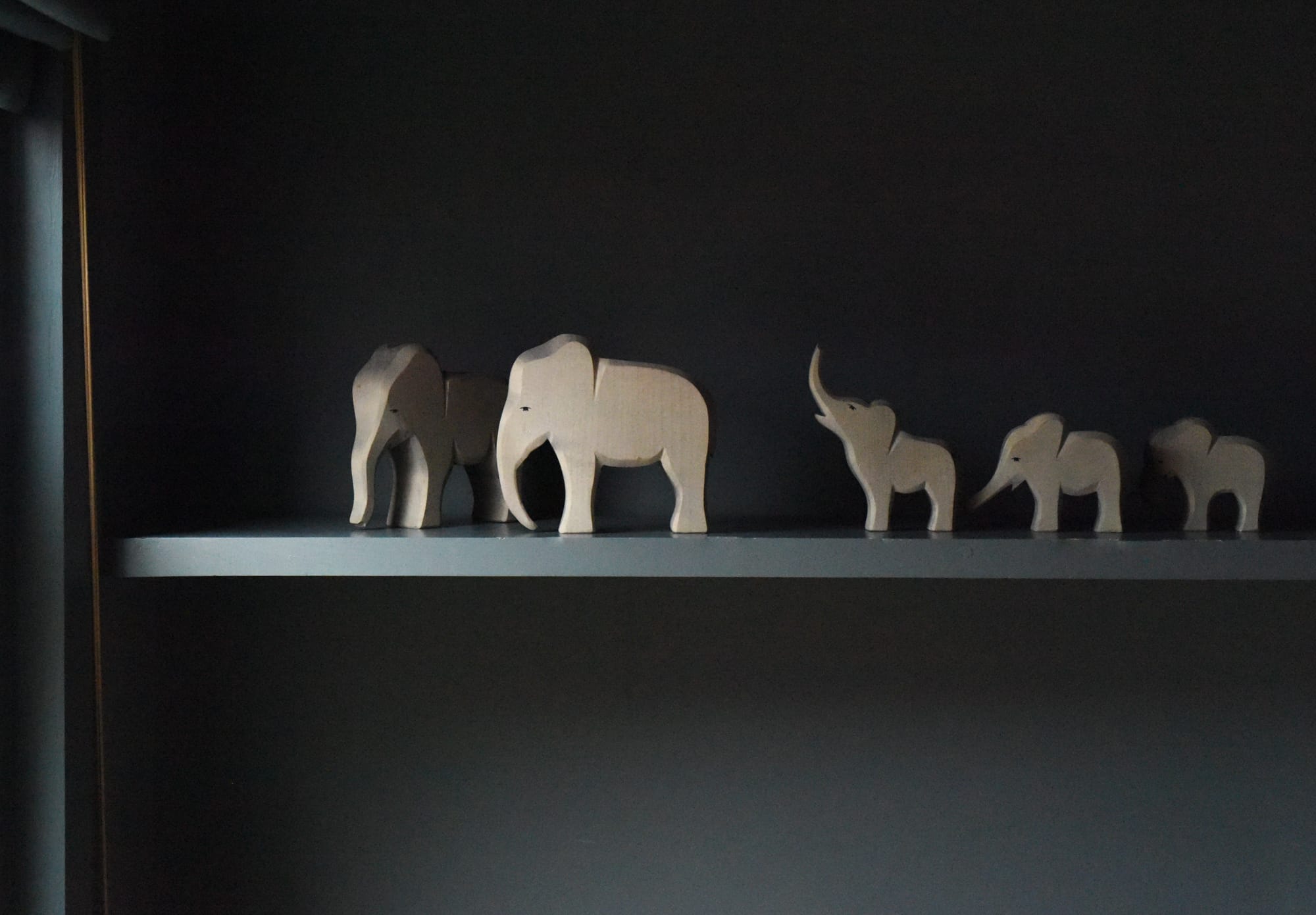
7. Positioning schema
Characteristics: Arranging objects or themselves in particular orders or patterns.
Signs to look for:
- Lining up toys in rows.
- Organizing items by size or colour.
- Preferring certain arrangements during play.
Try this:
- Sorting games: Organize objects by shape or colour.
- Pattern making: Create patterns with blocks or stickers.
- Set the table: Allow them to place utensils and plates.
Read more about the positioning schema →
8. Orientation schema
Characteristics: Exploring the world from different angles and perspectives.
Signs to look for:
- Hanging upside down.
- Tilting their head to view objects.
- Climbing to high places to look down.
Try this:
- Obstacle courses: Include crawling under and climbing over.
- Mirror play: Explore reflections from different angles.
- Photography: Let them take pictures from various perspectives.
Read more about the orientation schema →
How will I know I have identified the right schema?
Identifying the correct schema involves observing your child's repetitive behaviors and understanding what motivates them. Look for patterns in their play over time. If your child consistently engages in activities like wrapping objects, they're likely exploring the enveloping schema. Trust your instincts and remember that children may be exploring multiple schemas simultaneously.
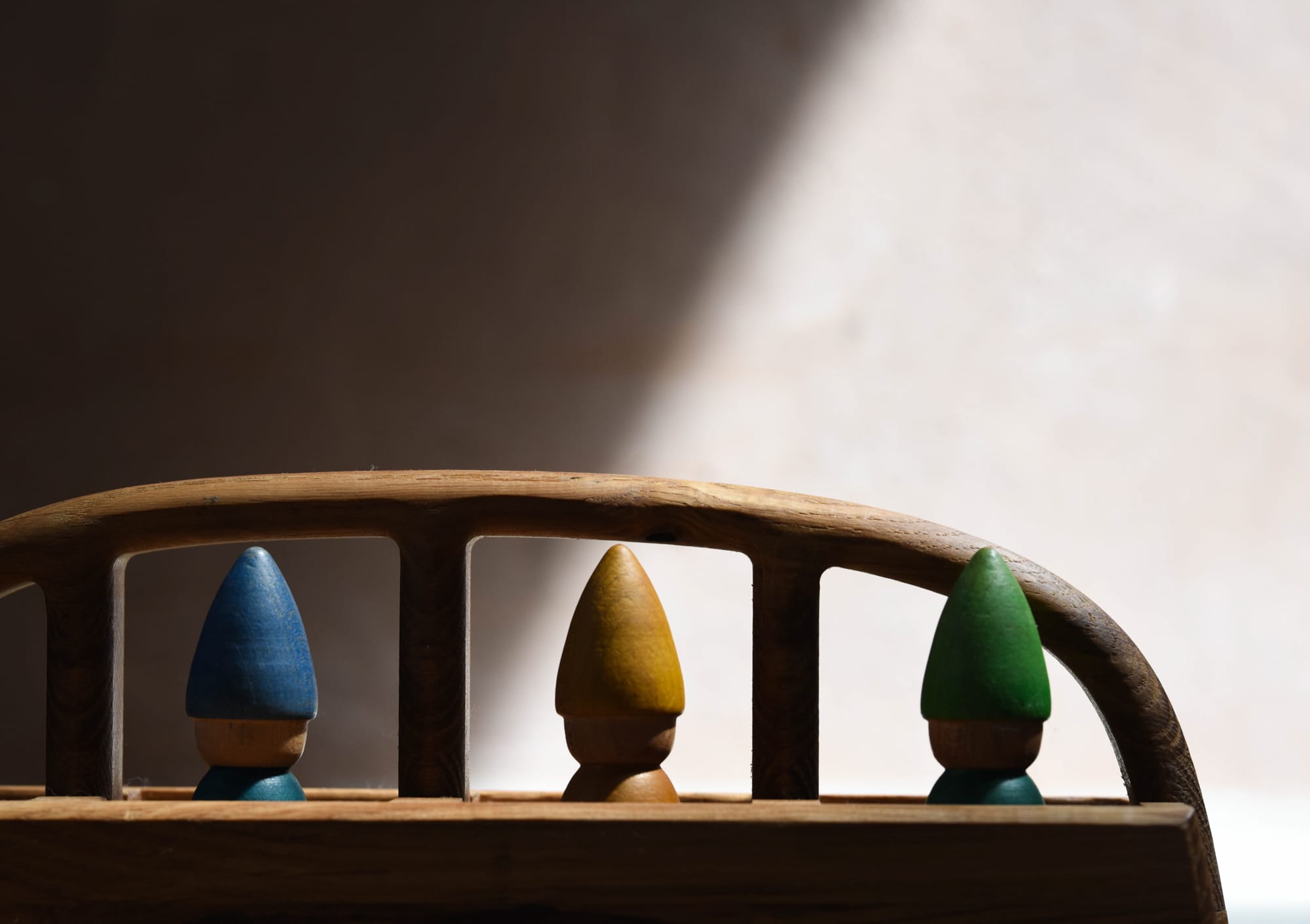
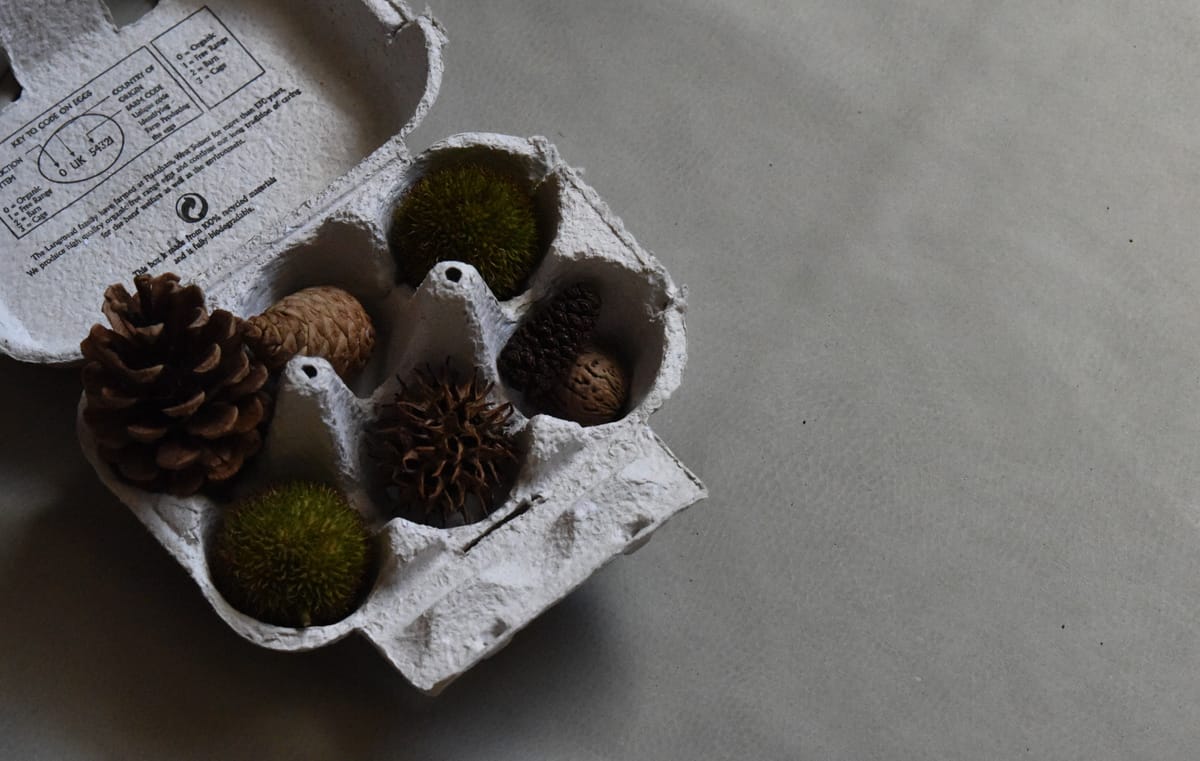
Go deeper: Lesser-known schemas
Beyond the primary schemas, children may exhibit other patterns of behaviour. Understanding these can provide additional insights into their developmental journey.
Transformation schema
Characteristics: Fascination with changing the state or appearance of objects.
Signs to look for:
- Mixing colours in paint or playdough.
- Melting ice cubes or chocolate.
- Enjoying cause-and-effect experiments.
Try this:
- Cooking activities: Bake simple recipes together.
- Science experiments: Create volcanoes with baking soda and vinegar.
- Art projects: Mix paints to see new colours emerge.
Read more about the transformation schema here →
Scattering schema
Characteristics: Involves spreading or dispersing objects.
Signs to look for:
- Throwing sand or leaves into the air.
- Emptying toy boxes onto the floor.
- Sprinkling glitter or confetti.
Try this:
- Sensory bins: Provide rice or beans to scoop and scatter.
- Leaf play: Rake and scatter leaves in the yard.
- Bubble play: Blow bubbles and watch them disperse.
Read more about the scattering schema here →
Posting schema
Characteristics: Related to enveloping and involves putting objects into containers or through holes.
Signs to look for:
- Inserting coins into a piggy bank.
- Posting letters into a mailbox.
- Enjoying shape sorters.
Try this:
- Mailbox play: Create a pretend post office.
- Coin banks: Save coins in a piggy bank.
- Puzzle boxes: Use toys that require objects to be placed in specific slots.
Read more about the posting schema here →
Disconnecting schema
Characteristics: Focuses on taking things apart.
Signs to look for:
- Dismantling toys.
- Unbuttoning buttons or unzipping zippers.
- Breaking apart constructions.
Try this:
- Disassembly toys: Use toys designed to be taken apart and reassembled.
- Velcro activities: Attach and detach Velcro pieces.
- Tool sets: Provide plastic tools to take apart simple objects.
Read more about the disconnecting schema here →
Containing schema
Characteristics: Involves placing objects inside containers and exploring how different items fit into spaces.
Signs to look for:
- Putting toys into boxes, baskets, or bags.
- Climbing into containers like cardboard boxes or laundry baskets.
- Filling containers and then emptying them, over and over.
Try this:
- Nesting toys: Give your child nesting cups or boxes to explore how objects of different sizes fit together.
- Filling and emptying: Use containers like bags, boxes, or pots and let your child fill them with toys or household objects, then empty them.
- Climbing into boxes: Provide safe spaces like large cardboard boxes for your child to climb into and explore from the inside.
Read more about the containing schema here →
Schema play and heuristic play: Are they the same thing?
While both schema play and heuristic play involve exploration, they are not the same. Heuristic play refers to activities where children explore real-world objects, often everyday items, without a predetermined outcome. Schema play is about the patterns and repetitive behaviors that emerge during any type of play. They overlap but are distinct concepts.
Action schemas vs. graphic schemas
While action schemas focus on movements and physical interactions, graphic schemas (or schemas of form) relate to how children understand shapes, patterns, and arrangements. These schemas are foundational for drawing, writing, and recognizing symbols.
Learn more about graphic schemas and children's drawings →
Supporting your child's schema play
Recognizing and supporting schema play can greatly enhance your child's learning experience. Here are some general tips.
- Provide safe environments.
- Offer appropriate materials.
- Observe and engage.
- Be patient.
- Encourage exploration.
By aligning activities with their current interests, you foster a love of learning and exploration.
As children grow, their schema play becomes less overt but continues to influence their learning. Schemas become integrated, combining into broader concepts and skills. This transition is a natural part of development.
Read 'Where Did the Schemas Go?' to learn more →
Screen time vs. schema play
A happily engaged child immersed in schema play is less likely to seek screen time. Schema play is engrossing because it resonates with their developmental stage. Children instinctively know these activities are beneficial, leading them to play for extended periods. Encouraging schema play can reduce reliance on screens and promote healthier habits.
Schema play is most noticeable in toddlers aged 18 months to 3 years but can occur at any age when encountering new experiences. Even adults use schemas when learning something unfamiliar.
Final word
Understanding schema play provides valuable insights into your child's developmental journey. By recognizing these patterns, you can better support their learning and foster a nurturing environment that encourages curiosity and exploration.
Further reading
- Athey, C. (2007). Extending Thought in Young Children: A Parent-Teacher Partnership. 2nd ed. London: Chapman.
- Arnold, C. (2022). Schemas in the Early Years. Routledge.
- Atherton, F., & Nutbrown, C. (2013). Understanding Schemas and Young Children: From Birth to Three. London: Sage.
- Louis, S. (2013). Understanding Schemas in Young Children: Again! Again!. London: Bloomsbury Publishing.
Sign up for my FREE, five-day email course on how to ditch screens and get back to play.
Want to reduce screen time?
What if you didn't have to search endlessly for play inspiration? Imagine your child's activities being simple to set up, educational, and deeply engaging.
If you're looking for ways to keep your child engaged without screens, consider our Screen-Free Saturdays course. It's designed to provide fun and interesting activities that align with your child's developmental needs, helping them manage boredom and develop creativity.
Enter your email below, and we'll send you our mini email course, Breaking the Screen-Time Habit. Then sit back and relax as your child learns to make their own fun.
Get the free mini-course now →
Have questions or insights about schema play? Share them in the comments below!

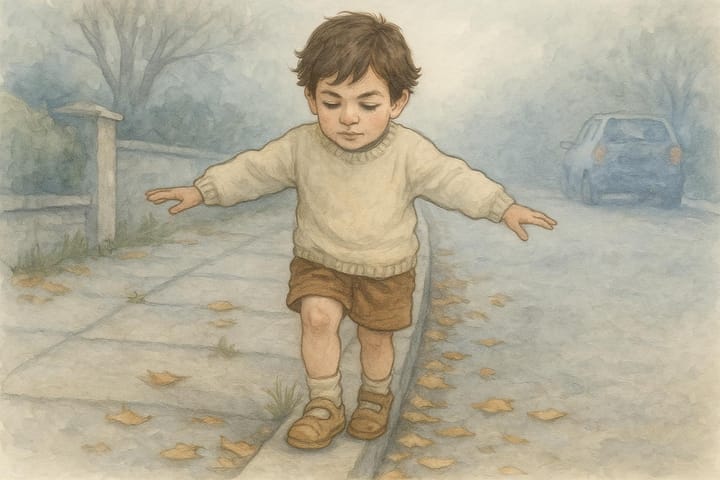
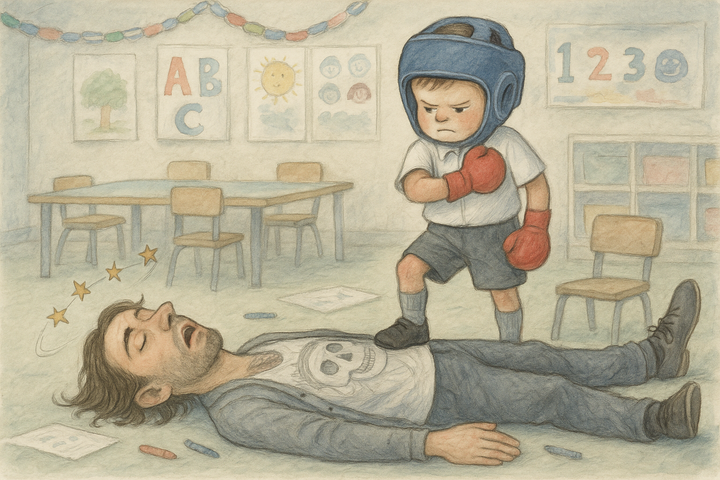

Comments ()